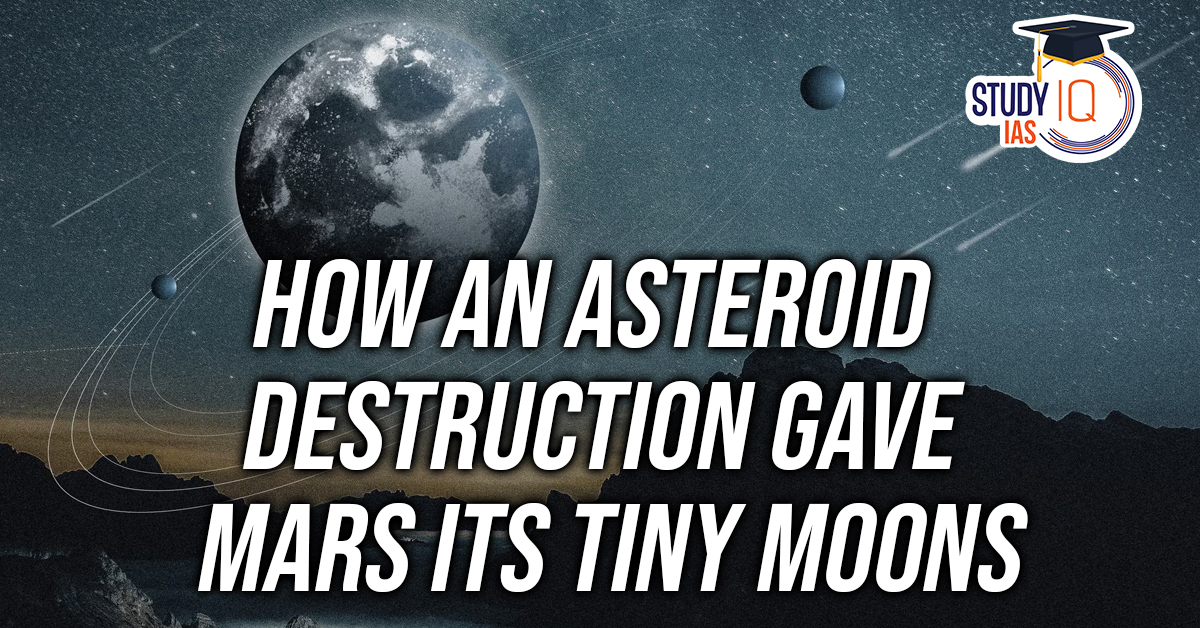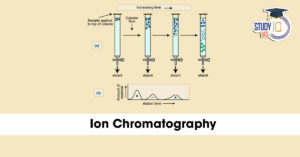Table of Contents
Mars and its tiny moons
Mars, often referred to as the “Red Planet,” has two small but fascinating moons: Phobos and Deimos. Unlike Earth’s large and spherical moon, these celestial companions of Mars are irregularly shaped and have unique characteristics that intrigue scientists and stargazers alike.
Overview of Mars’ Moons
- Phobos: The larger and closer moon, measuring about 22.4 kilometers in diameter.
- Deimos: The smaller moon, about 12.4 kilometers in diameter, orbiting farther from Mars.
Both moons are thought to have been captured by Mars’ gravity, possibly originating from the asteroid belt. They are among the smallest moons in the solar system.
Key Facts About Phobos and Deimos
- Irregular Shape:
Unlike spherical moons, Phobos and Deimos resemble asteroids, with their irregular shapes and cratered surfaces. This irregularity is due to their small size and lack of sufficient gravity to form into spheres. - Composition:
Both moons are composed primarily of rock and iron. Their dark surfaces suggest they may contain carbon-rich materials, akin to C-type asteroids found in the asteroid belt. - Cratered Surfaces:
Their surfaces are heavily marked with craters from billions of years of impacts, highlighting their ancient history. - Size Comparison:
Phobos and Deimos are tiny compared to Earth’s Moon, which has a diameter of 3,474 kilometers.
Origin and Formation
Phobos and Deimos are believed to be either:
- Captured Asteroids: Asteroids from the solar system’s asteroid belt that were trapped by Mars’ gravitational pull.
- Debris from Mars: Fragments from a massive impact event during Mars’ early formation that coalesced to form the moons.
Observations support both hypotheses, but their exact origins remain under study.
The Future of Phobos
Phobos is gradually spiraling inward toward Mars at a rate of about 2 centimeters per year. If this trend continues:
- Collision or Disintegration: In approximately 50 million years, Phobos could crash into Mars or break apart due to tidal forces.
- Ring Formation: If it disintegrates, the debris may form a temporary ring around Mars, similar to the rings of Saturn.
This fate underscores the dynamic nature of celestial bodies in our solar system.
Scientific Importance
- Studying Asteroid-Like Bodies:
Phobos and Deimos provide a unique opportunity to study asteroid-like objects up close. - Future Missions:
Several space agencies, including NASA and JAXA, plan to send missions to these moons. For instance, Japan’s Martian Moons eXploration (MMX) mission aims to bring back samples from Phobos by the 2030s. - Potential for Human Exploration:
Due to their low gravity, the moons could serve as stepping stones for future missions to Mars.
Conclusion
Phobos and Deimos, Mars’ tiny moons, are fascinating celestial bodies that offer a glimpse into the history and dynamics of our solar system. As we continue to study these moons, they may unlock secrets about Mars’ past, the origins of the solar system, and the potential for human exploration of the Red Planet.
By keeping an eye on Phobos’ eventual fate and exploring these moons, humanity moves closer to understanding the broader mysteries of the cosmos.


 Advanced Air Defence Radars: Types, Comp...
Advanced Air Defence Radars: Types, Comp...
 Ion Chromatography, Working and Applicat...
Ion Chromatography, Working and Applicat...
 Broadly Neutralising Antibodies (bNAbs):...
Broadly Neutralising Antibodies (bNAbs):...




















